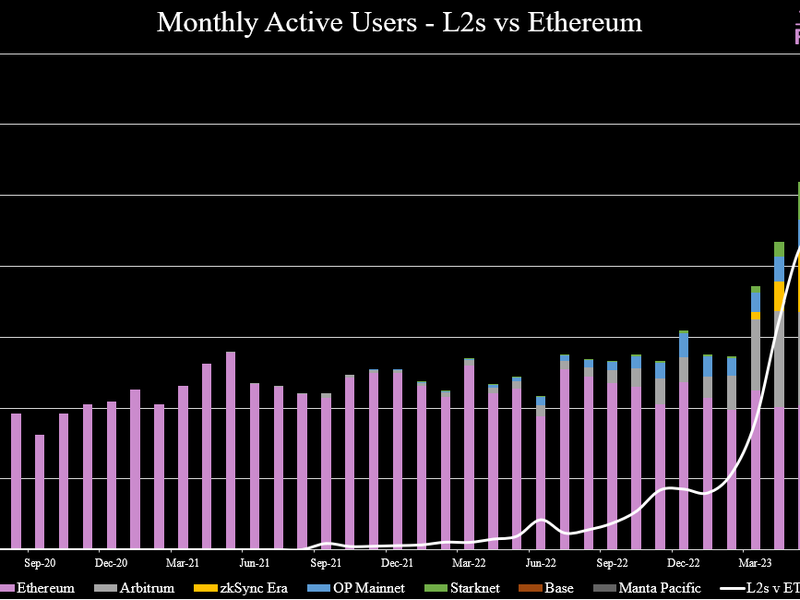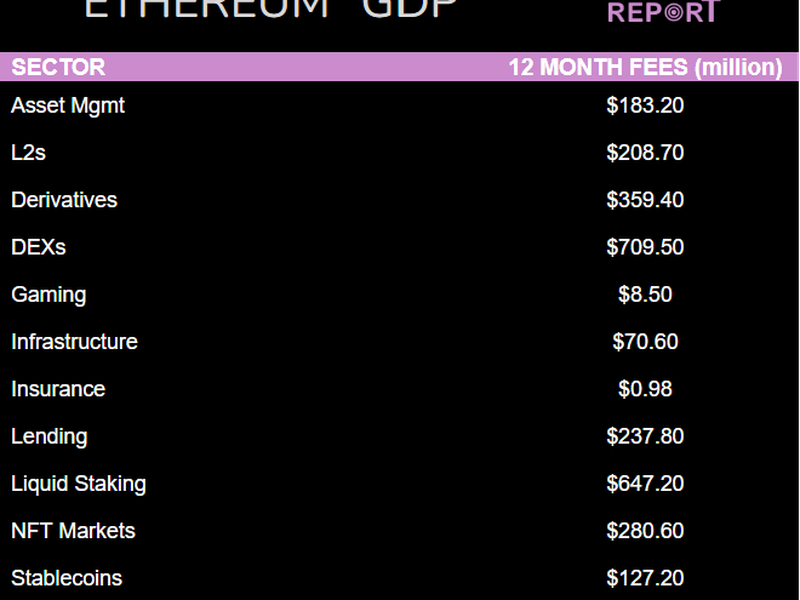From Speculation to Fundamentals: A New Paradigm for Crypto Markets

As crypto networks and protocols mature, trusted, real-time on-chaindata now give market participants a view into the cash flows, active users, user retention, value locked, transaction volumes, and developer activity across a growing set of crypto protocols and applications.
With this comes a new way to research and invest in crypto assets — by leveraging fundamental analysis (that is, measuring the value of a stock by investigating related economic and financial factors). If the past is any indication of the future, we should expect a maturation of crypto markets in the coming years.
You're reading Crypto Long & Short, our weekly newsletter featuring insights, news and analysis for the professional investor. Sign up here to get it in your inbox every Wednesday.
Value Investing & Fundamental Analysis: A Brief History
“In the short run, the market is a voting machine. But in the long-run, the market is a weighing machine.”
So said Benjamin Graham, the pioneer of value investing. Graham’s first book, Security’s Analysis, was published in 1934 — shortly after the Securities Act of 1933 and the Securities Exchange Act of 1934 were established in the aftermath of the stock market collapse and the Great Depression.
Graham’s work helped lay the foundation for fundamental analysis and emerging concepts such as intrinsic value. This work planted the seeds for the market to come to a consensus on the best way to value equities and do a comparative analysis.
These ideas were later popularized by Warren Buffett in the 1950s and 60s after Graham published his second book, The Intelligent Investor. Academic and corporate acceptance further pushed these concepts into mainstream consciousness in the 70s, 80s, and 90s as the market achieved consensus around financial data and core metrics such as price-to-earnings ratio.
“Price to book.” “Dividend yield.” “Debt to equity.” “Free cash flow.” “Return on equity.” “Net margins.” All these concepts came of age in this era. And along with this came investing concepts such as “economic moats,” and “durable competitive advantages.”
Of course, none of this was possible without quality data. Without the data, stocks would trade on speculation, narratives, and brand.
Hmm. That sort of sounds like crypto today.
Crypto: From Speculation → Utility → Fundamentals
Just as the traditional markets came to a consensus on the best ways to value equities using data, we expect the same to occur with crypto networks and protocols.
Of course, it’s important to recognize that speculation is at the core of every innovation throughout history. It takes speculative capital to birth new industries. We saw this with the Age of Steel and Electricity. The Age of Oil. Automobiles & Mass Production. We saw it with Railways. More recently, we’ve seen it with the introduction of the Age of Information and Telecommunications.
With history as our guide, speculation ultimately leads to productive capital finding its way to its highest and best use. Ultimately, the market achieves consensus concerning the best ways to use, and value the new technology (and the businesses utilizing it).
We see this playing out today with the Age of Blockchain Technology or Web3 — which is installing a new data layer into the internet, one that introduces the concept of shared, global accounting ledgers and digital property rights.
For example, below we can observe active users on Ethereum L1 vs its top L2 networks:

Data: Token Terminal
This data could inform projected value accrual at the L2 vs L1 level within the Ethereum ecosystem.
And here we have Ethereum’s “GDP” — the sum of the fees generated by the most prominent protocols and applications built “on top” of the L1 infrastructure.

Data: Token Terminal
This data could inform comparative analysis of alternative layer 1 networks.
Eventually we expect consensus to form around key KPIs and metrics informing valuation of various sectors within Web3 — just as we saw in traditional finance.
With quality data providers setting the table for fundamental analysis, we should expect to see new products coming to market leveraging this data — such as fundamentals-based indices and new investment frameworks.
The takeaway?
As fundamental analysis of crypto networks becomes more understood with new and improving data, we should expect the next wave of “smart money” to find the highest-quality projects.
Gaining an investment edge will require access to quality data before the rest of the market has it. This also gives regulators the necessary tools to monitor the markets and create sensible new investor protection rules. After all, the granularity and near real-time delivery of data within crypto networks is unprecedented in finance.
The future of crypto investing will be fundamentals-based.
And it all starts with quality on-chaindata.
If you’re interested in learning more about how on-chaindata can inform fundamental analysis, check out the Q4 issue of The Ethereum Investment Framework.








